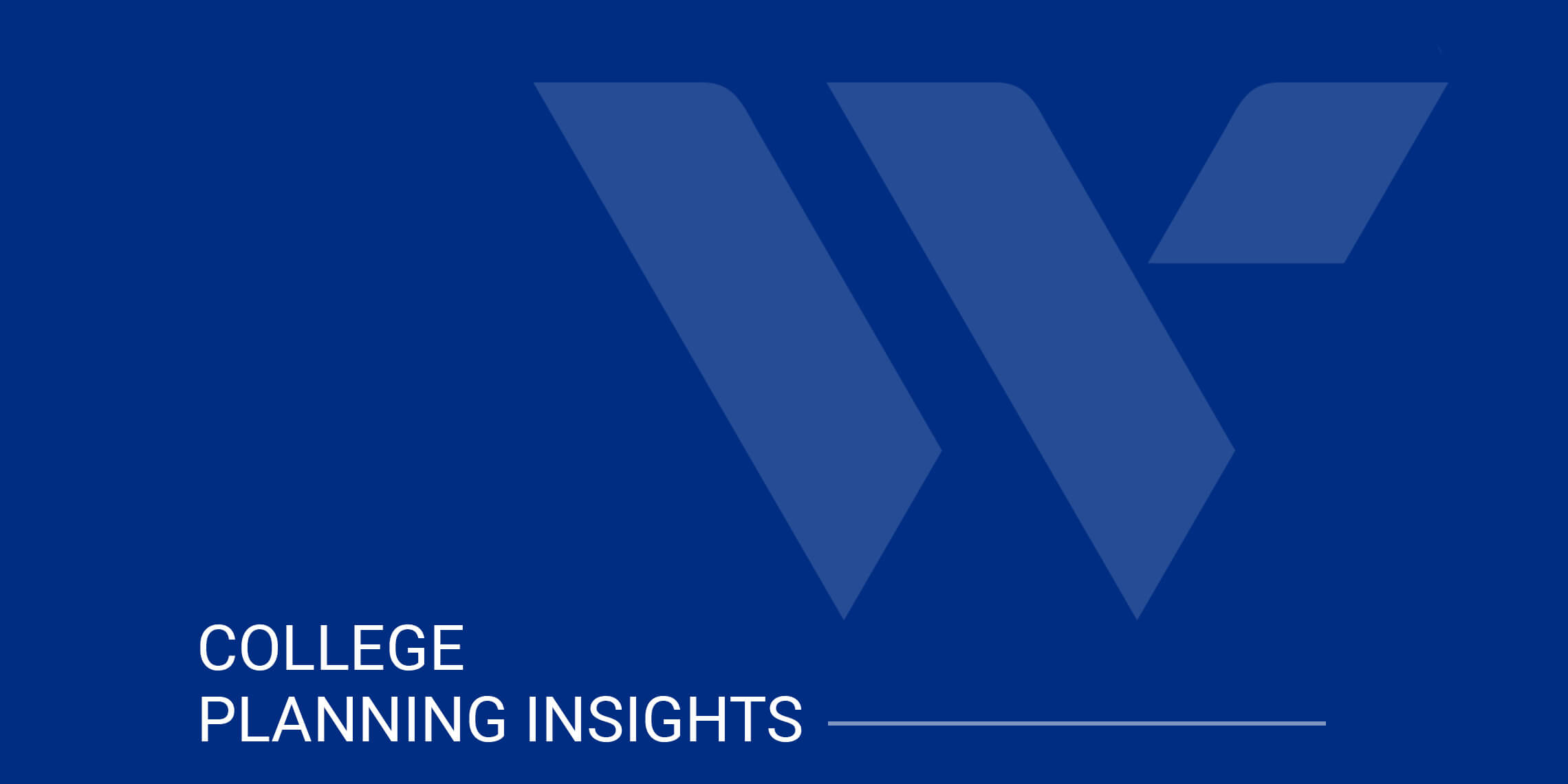
Published on April 14, 2020 | Webster Bank
It’s your last year of high school Ð or maybe you’ve already graduated – and the college thing is really heating up. Until now, it’s all been about getting good grades and thinking about where to apply. But that’s just the tip of the iceberg, my friend. The real fun starts when you realize it takes more than brain power to get into college. It takes some pretty serious cash. But before you start freaking out about paying for college, remember this: There are lots of resources available to help you pay for college. The hard part is knowing what’s available, where to look, and how to choose what’s right for you. So we asked Steven Dow a few questions to help you understand your options for paying for college without emptying your wallet.
A: Aside from savings and income, there are a number of ways students can get funding for college, including:
A. Most students start off by applying for scholarships and grants since you don’t have to pay those back. It’s basically free money! Depending on how much money you receive from these options, you can then apply for Federal Aid to see if you qualify for financial assistance or federal loans. After that, you can apply for a private student loan to fill in the gaps. Check out the other types of aid here: http://studentaid.ed.gov/types
A: Federal student loans are issued by the government; private loans are issued by banks or private lenders. To apply for a federal student loan, you have to fill out a FAFSA (Free Application for Federal Student Aid). You’ll need your family’s income and asset information to apply. Federal student loans have low, fixed interest rates with annual and lifetime limits (i.e., you can only borrow so much per year, and over your lifetime.)
Use the FAFSA4caster to estimate how much federal aid you may qualify for. To apply for a private student loan, you simply fill out a loan application to apply. To increase your chances of getting approved and/or a better rate, you can have someone co-sign the loan, such as your parent(s). With private loans, you can choose between different “terms,” such as “deferred payments,” which simply means you get to wait until you graduate college to start paying back the loan.
See Webster’s private Sallie Mae student loan option here.
A: Well, the first thing is to exhaust all your options like scholarships and grants first. Then, shop around for best deals on private loans. If you decide to apply, see if you can add a cosigner with good credit, like your mom or dad, to lower your rate.
Some other ways to save are:
A. Typically you’ll need to provide:
A: Yes! For one thing, student loans save you money in a couple ways:
A: For federal loans: Click here to see deadlines for the FAFSA by state.
For private student loans: Before you apply, make sure you know how much federal aid, scholarships and other funds you’re getting. This way, you can figure out exactly how much you’ll have to borrow. Then, apply early enough to give your bank or lender time to process your loan and get the money to your school by its tuition deadline.
A. It’s usually a good idea to apply for the cost of a full year of school. (As opposed to getting a loan for each semester.) Your school will contact the bank or lender about when they need the funds, and your loan interest won’t start accruing interest until classes start.